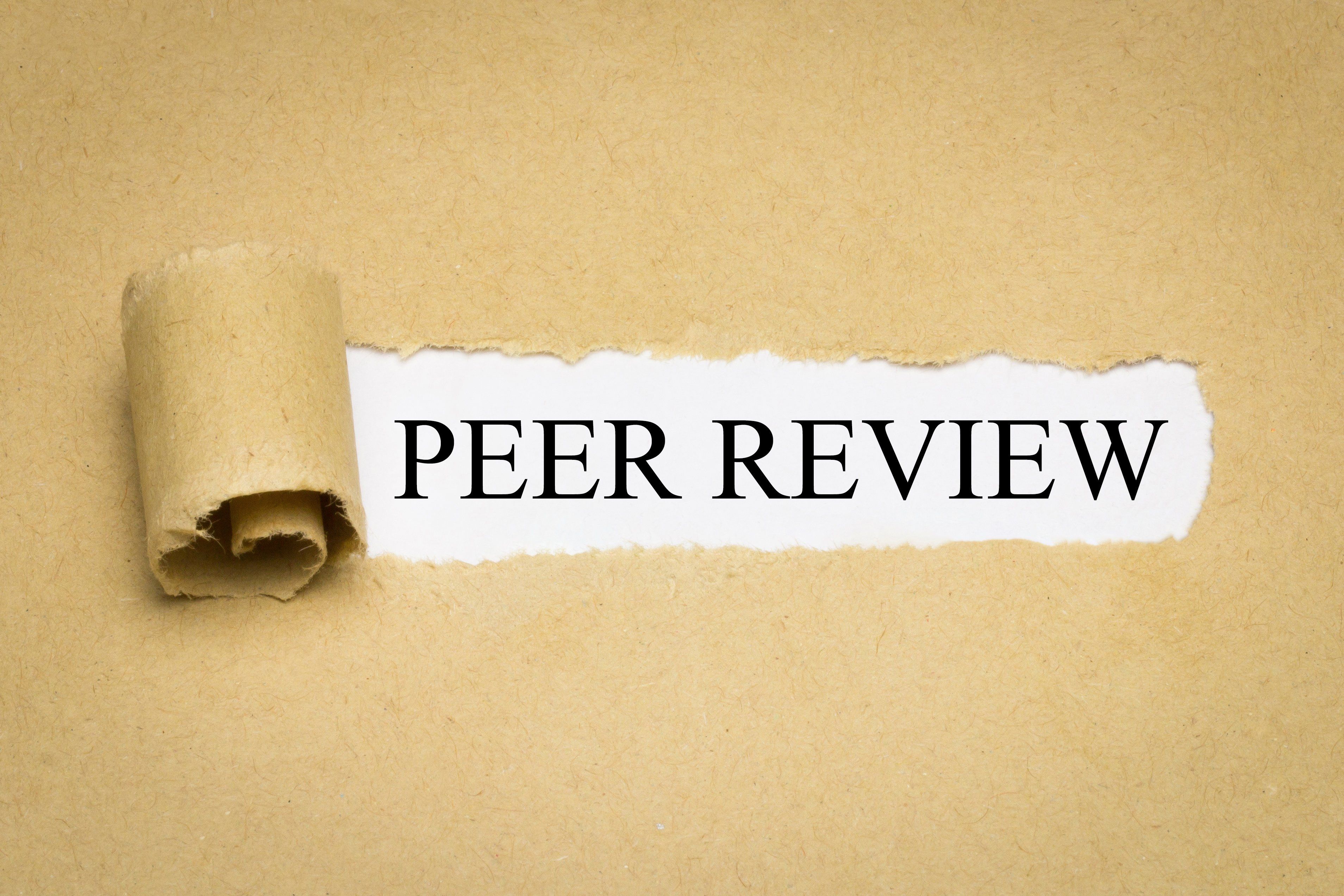Study: Carved-In Pharmacy Benefits Reduce Medical Costs
The "gray literature" had come to the same conclusion about carved-in PBMs, but senior author said these findings are more credible because they have been published in a peer-reviewed journal.

Research has shown that the carve-in model of pharmacy benefits results in lower medical costs. But much of that work has been reported in the “gray literature” of white papers and company reports with little, if any, outside review, according to Patrick Gleason, assistant vice president of health outcomes at Prime Therapeutics.
Gleason and his co-authors set out to remedy the iffiness of that gray literature body of research on carve-in pharmacy benefit with a large study of Cambia Health Solutions self-insured Blues plans in Oregon, Washington, Idaho and Utah. Published online last month in the Journal of Managed Care & Specialty Pharmacy, their study compared about 200,000 people in Cambia plans that had Prime as an integrated “carved-in” PBM with about 125,000 people in Cambia plans with PBMs “carved out,” so medical and pharmacy benefits of the members are were managed separately.
“This is the first time that this kind of work has been undergone scientific, peer review,” Gleason said in an interview this week.
The results were in line with what has been reported in the gray literature. After risk adjustment, the Cambia members had, on average, medical costs that were $148 lower per member, per year ($3,601 vs. 3,749) than the members in plans with carved-out PBMs during the two-year study of 2017 and 2018. On relative, basis that works out to a 4% difference. When members were extraordinarily high costs were excluded from the analysis, the difference narrowed - $127 per member, per year (PMPY) - but it was still statistically significant.
When Gleason and his co-authors made the carve-in and carve-out comparison for seven chronic conditions, they found that medical costs were lower for carved-in members when it came to asthma ($926 PMPY), coronary artery disease ($4,350 PMPY), chronic obstructive pulmonary disease ($3,177 PMPY ), diabetes ($1,363 PMPY), and depression ($1,707 PMPY). They didn’t, though, find a statistically significant difference for members with congestive heart failure and rheumatoid arthritis.
In keeping with thefinding of lower medical cost, the study also found that members in carved-in plans were 15% less likely to be hospitalized than members with pharmacy benefits carved out, and 7% less likely to have gone to an emergency department for services
Notably absent from the results,though, is any analysis of the differences that carving or carving out pharmacy benefits had on pharmacy costs. Gleason said the study wasn’t designed to address that issue partly because drug cost data from the carved-out PBMs wasn’t available.
The PMPY differences that Gleason and his colleagues identified are not huge, but Gleason emphasized the credibility because the study had been published in a peer-reviewed journal.
One of Gleason’s co-authors, Steve V. Lam, a clinical pharmacist client manager at Cambia, which is headquartered in Seattle, said the carve-out arrangement with the medical and pharmacy benefit managed separately was “almost like having two different air traffic controllers direct one plane.” The lack of coordination, he said, “will ultimately hurt the employer as well as the member who is receiving that care.”
Gleason also argued that carved-in model was essential for the value-based contracts that many insurers want with drug manufacturers. Those contracts are written so payment for a medication is adjusted to some measure of how effective the medication is as a treatment. “You really can’t do value-based contracting,” said Gleason, “unless you have integrated pharmacy and medical benefits.”
The carve-in vs. carve-out choice occurs mainly in the self-insured market, Lam explained. Full insurance typically comes with medical and pharmacy benefits fully integrated.
Prime, as a provider of carved-in pharmacy benefit management, might stand to benefit from the implications of this study, and it was also the PBM in the carved-in model that study examined. Asked about a conflict of interest, Gleason compared this study to the ones of medications conducted by pharmaceutical companies and said the peer-review was a check against bias.
Conversations With Perry and Friends
April 14th 2025Perry Cohen, Pharm.D., a longtime member of the Managed Healthcare Executive editorial advisory board, is host of the Conversations with Perry and Friends podcast. His guest this episode is John Baackes, the former CEO of L.A. Care Health Plan.
Listen
Breaking Down Health Plans, HSAs, AI With Paul Fronstin of EBRI
November 19th 2024Featured in this latest episode of Tuning In to the C-Suite podcast is Paul Fronstin, director of health benefits research at EBRI, who shed light on the evolving landscape of health benefits with editors of Managed Healthcare Executive.
Listen
Why Better Data and Awareness Matters for Medicaid Work Requirements
April 17th 2025With policymakers considering work requirements for Medicaid eligibility, Jennifer Haley, principal research associate in the Health Policy Division at the Urban Institute, said it’s more important than ever to understand how those changes could unintentionally cause harm, particularly when data systems fall short and public awareness is limited.
Read More